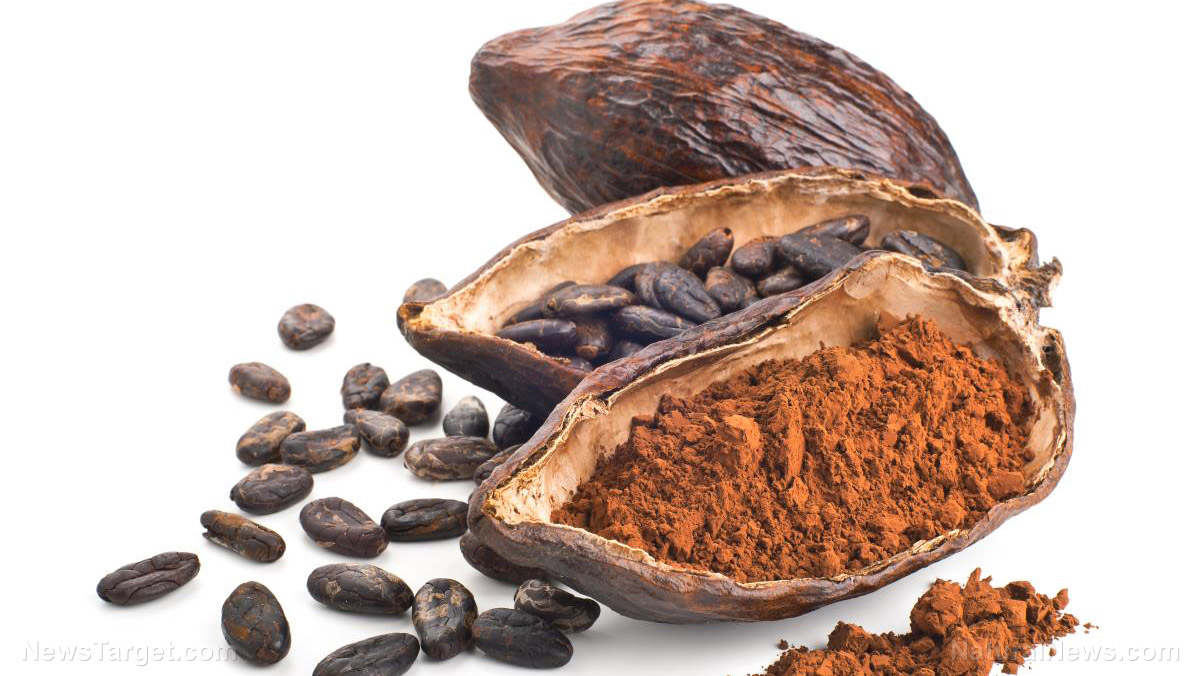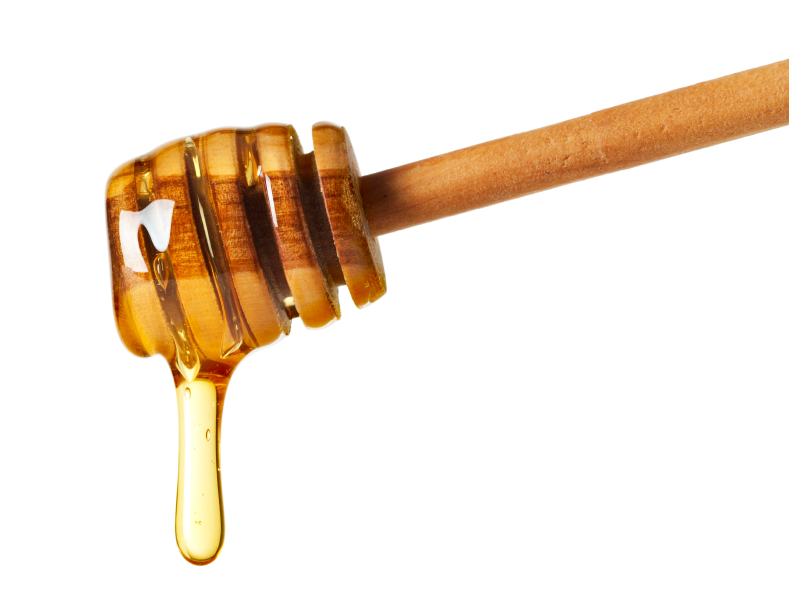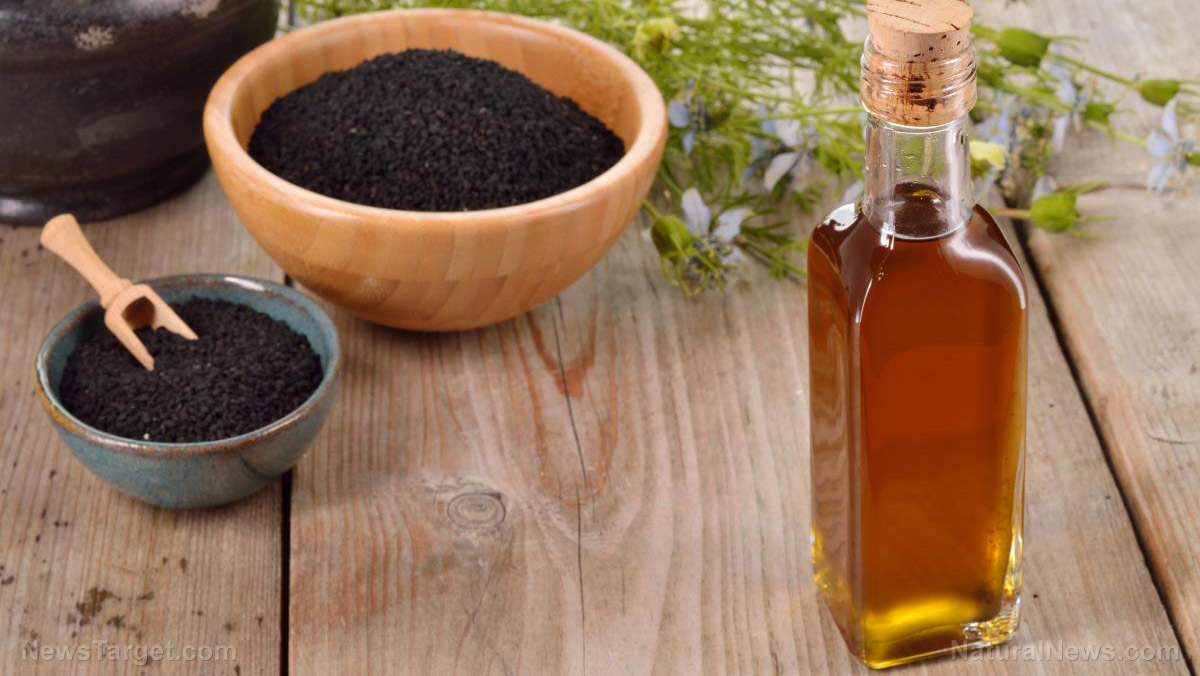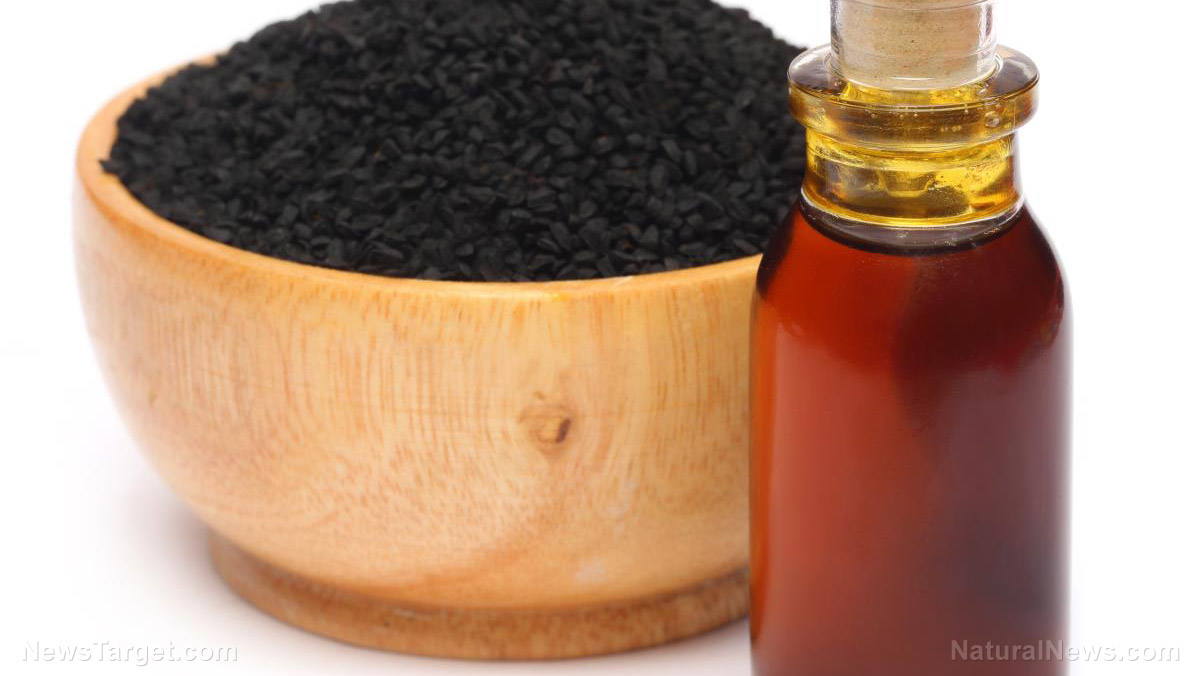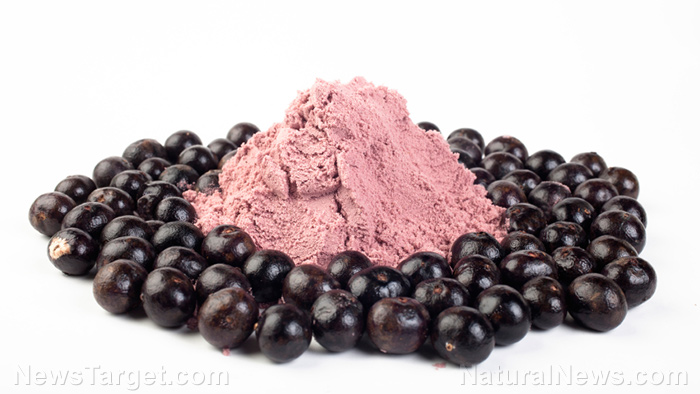Beetroot can improve the shelf life of mayonnaise
04/23/2019 / By Evangelyn Rodriguez
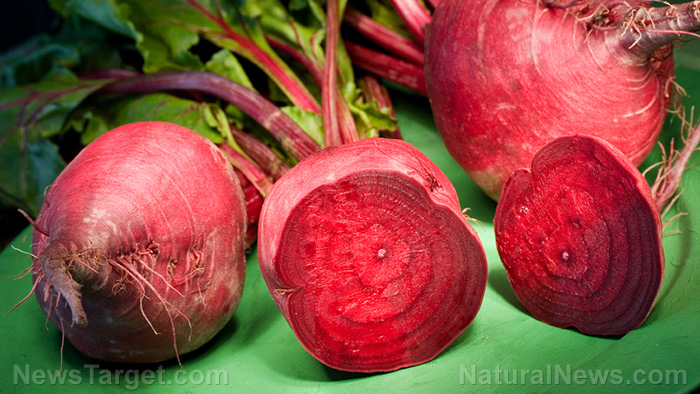
In this study, researchers from the University of Aberdeen in Scotland investigated the oxidative and physical stability of mayonnaise after the addition of processed beetroot. Their results, published in the journal Food Science and Human Wellness, showed that the method of processing of beetroot affected the chemical properties as well as the sensory attributes of mayonnaise positively.
- The researchers bought commercial mayonnaise (for control), fresh beetroot, vinegar, and table salt from the supermarket; mayonnaise was made following a recipe and cooked beetroot was added to it.
- The leaves and most of the stalk were removed from beetroot before it was cooked using three different methods: microwaving, roasting, and boiling.
- Aliquots of the beetroots cooked in different ways were freeze-dried then ground into a fine powder.
- Polyphenols and betalains were extracted from the beetroot powders and characterized; ferric reducing antioxidant power (FRAP) assay was used to confirm the total amount of antioxidants present in the samples.
- The researchers determined the amount of total soluble phenolics present in the samples using Folin-Ciocalteu assay; the concentration of betalains was determined using spectrophotometric methods.
- The oxidative stability of the mayonnaise samples was determined using Rancimat and thiobarbituric (TBA) assay.
- The researchers found that the processing of beetroot had an impact on the structural integrity of the antioxidants present in it.
- The addition of microwaved beetroot significantly enhanced the oxidative stability of mayonnaise after 4 weeks.
- Textural parameters increased with the incorporation of beetroot.
- Sensory evaluation revealed that most of the sensory attributes of mayonnaise were preserved, if not improved, by the addition of beetroot.
Based on the results, the researchers concluded that the addition of beetroot to mayonnaise conferred protection against lipid peroxidation during storage and, while it affected the appearance and texture of mayonnaise, the addition of beetroot improved the taste, odor, and aftertaste, suggesting that this reformulated product can be used commercially.
Read the whole study at this link.
Journal Reference:
Raikos V, Mcdonagh A, Ranawana V, Duthie G. PROCESSED BEETROOT (BETA VULGARIS L.) AS A NATURAL ANTIOXIDANT IN MAYONNAISE: EFFECTS ON PHYSICAL STABILITY, TEXTURE AND SENSORY ATTRIBUTES. Food Science and Human Wellness. December 2016;5(4):191–198. DOI: 10.1016/j.fshw.2016.10.002
Submit a correction >>
Tagged Under:
This article may contain statements that reflect the opinion of the author
RECENT NEWS & ARTICLES
COPYRIGHT © 2017 SUPER FOODS NEWS













